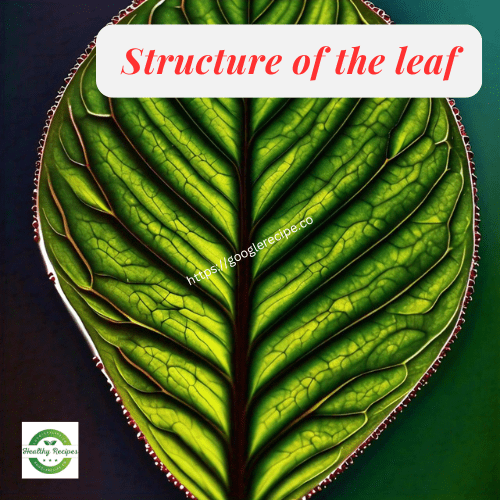Australia Bushfires
The Science of Bushfires: How to Control Them and Why They Spread Quicker
Australia Bushfires? In Australia bushfires are very common because the country has a lot of them each year. But do you know how or why they start? Let’s find out by learning what fire is.
Fire needs three things: heat, oxygen, and fuel. Fuel is anything that burns. When these three things come together, they create a chemical reaction called combustion, which produces heat and light—the flame you see.
Fire is self-sustaining
Fire is self-sustaining, meaning it keeps going as long as it has fuel and oxygen. A fire usually starts from a spark. In Australia, bushfires can start from human actions, carelessness, or dry lightning strikes.
Most fires are caused by people. Since Australia is hot and dry with frequent droughts, it makes it easier for things to catch fire. The land here has evolved to handle fires, with wet winters and dry summers making vegetation more likely to burn.
Fire spreads based on the type of vegetation, the weather, and the land’s shape. I spoke with Robbie, a rural firefighting trainer, to explain more.
Fire behavior
Robbie showed me a burn table used to teach about fire behavior. If a lightning strike starts a fire with no wind, it burns in a circular pattern. But wind or a slope can change this. For example, lighting a fire on a slope can make it spread faster.
Fire travels faster up a slope because the heat pushes the fuel in front of it, making the fire move faster. The shape of the fire and how many fires there are also affect its behavior.
When flames lean into each other, it’s called junction zoning. This happens when convection columns join, increasing the fire’s intensity.
Strong winds make bushfires worse by providing more oxygen, which increases the fire’s intensity and makes it spread faster.
Fire thunderstorms, and clouds
In some cases, bushfires can get so powerful that they create their own weather. They can even generate fire thunderstorm clouds, which can start new fires far away. Embers from the fire, like burning leaves and twigs, can also start spot fires miles away.
Radiant heat from a fire can be so intense that it causes nearby fuel to catch fire on its own. This makes fires spread faster and more dangerously.
To manage or prevent bushfires
To manage or prevent bushfires, we sometimes use controlled burns to reduce fuel in the landscape. This technique, called cultural burning, has been practiced by Indigenous Australians for thousands of years. It keeps fires low-intensity to protect plants and animals.
In addition to these methods, you can also help by keeping fuel loads low around your home, avoiding activities that might cause fires, paying attention to weather conditions, and having a bushfire survival plan if you live in a fire-prone area.


